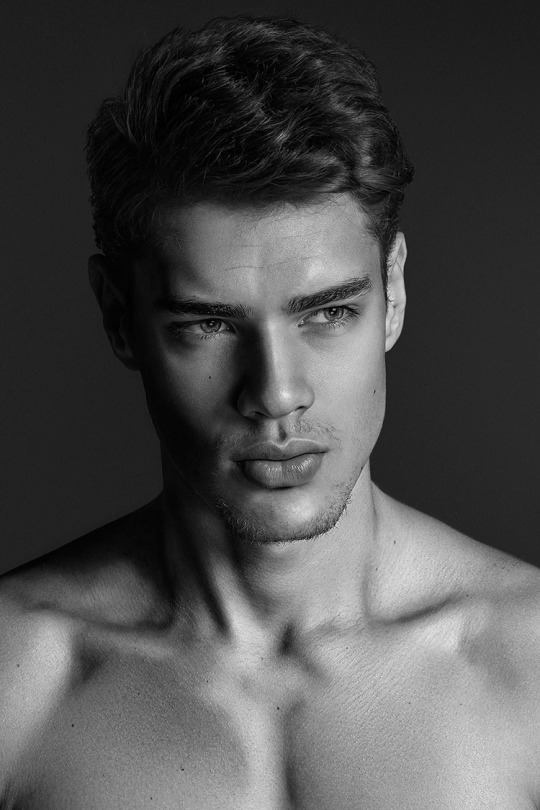D
Deleted member 13626
Retired
- Joined
- Apr 20, 2021
- Posts
- 5,703
- Reputation
- 9,750
Thnx for the tag
Interesting and i don’t think it’s bs. You can read peoples faces or come to a conclusion about them even if you don’t know them. It should be basic blackpill but it’s not for some people here
Interesting and i don’t think it’s bs. You can read peoples faces or come to a conclusion about them even if you don’t know them. It should be basic blackpill but it’s not for some people here








